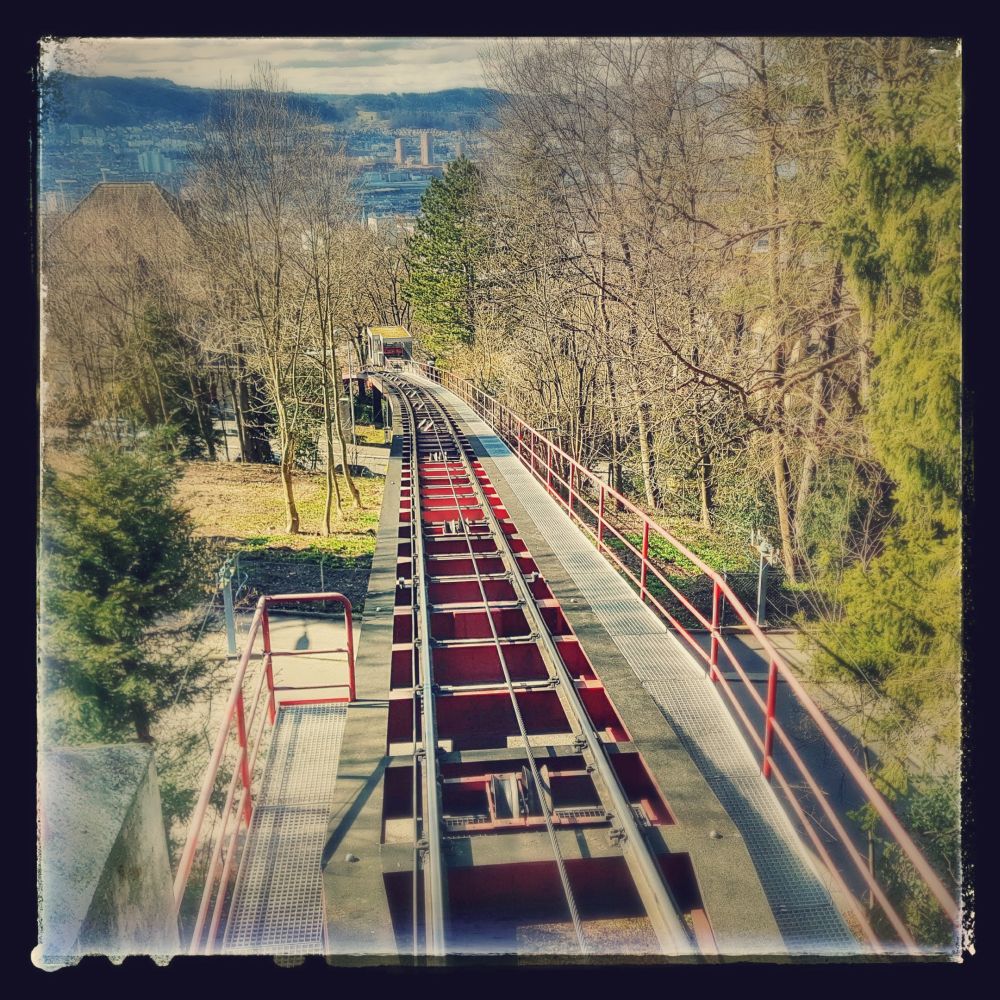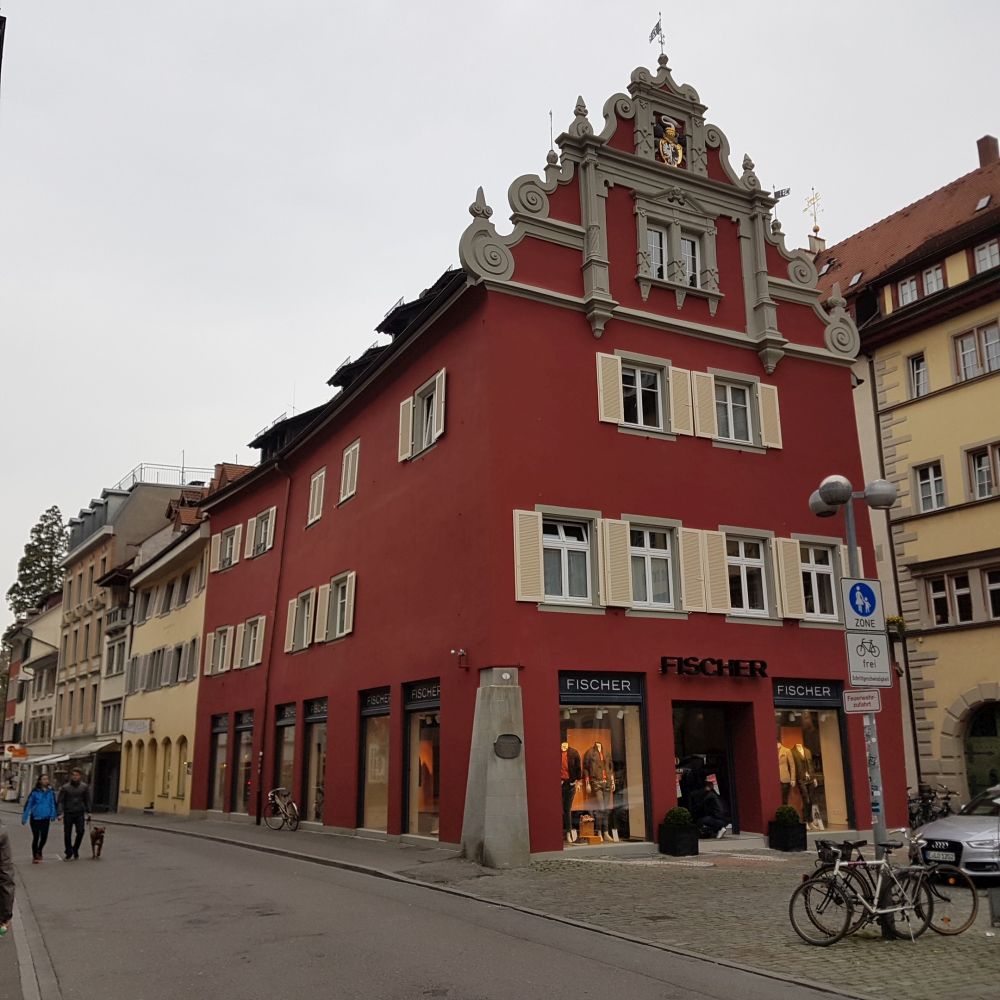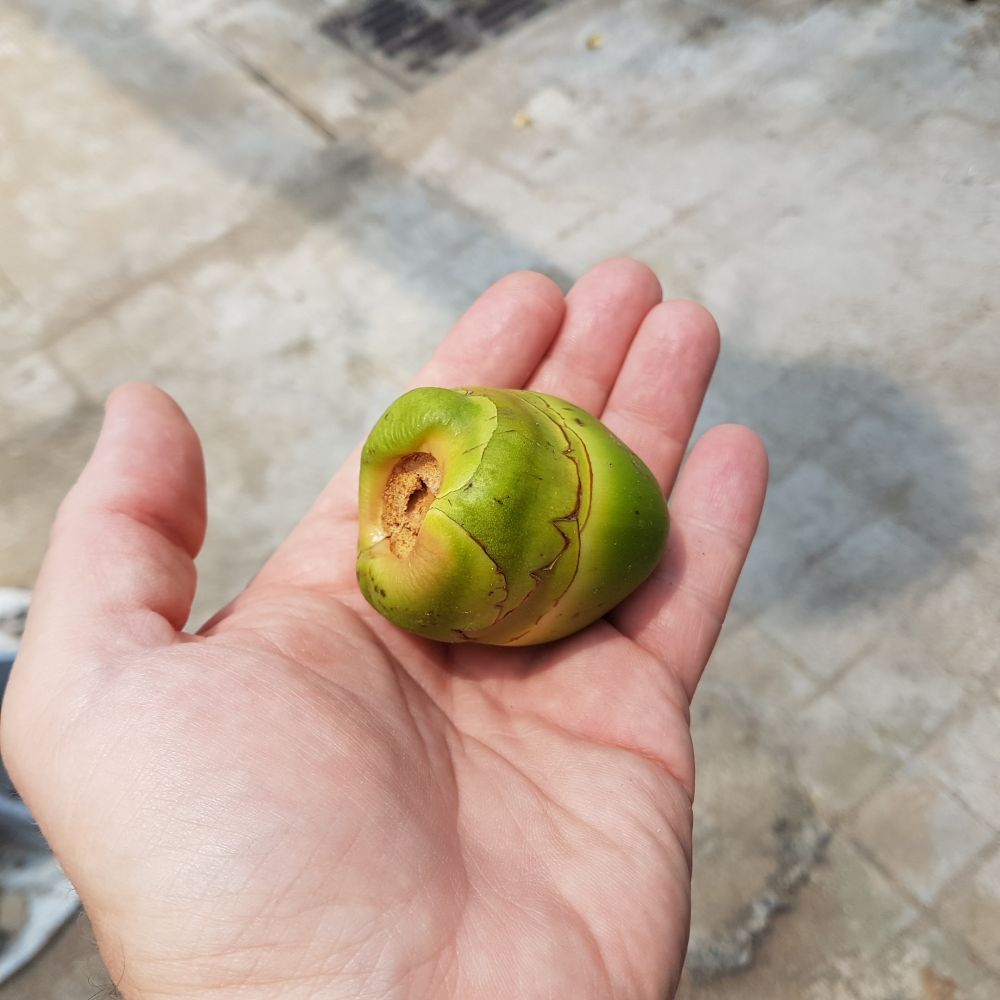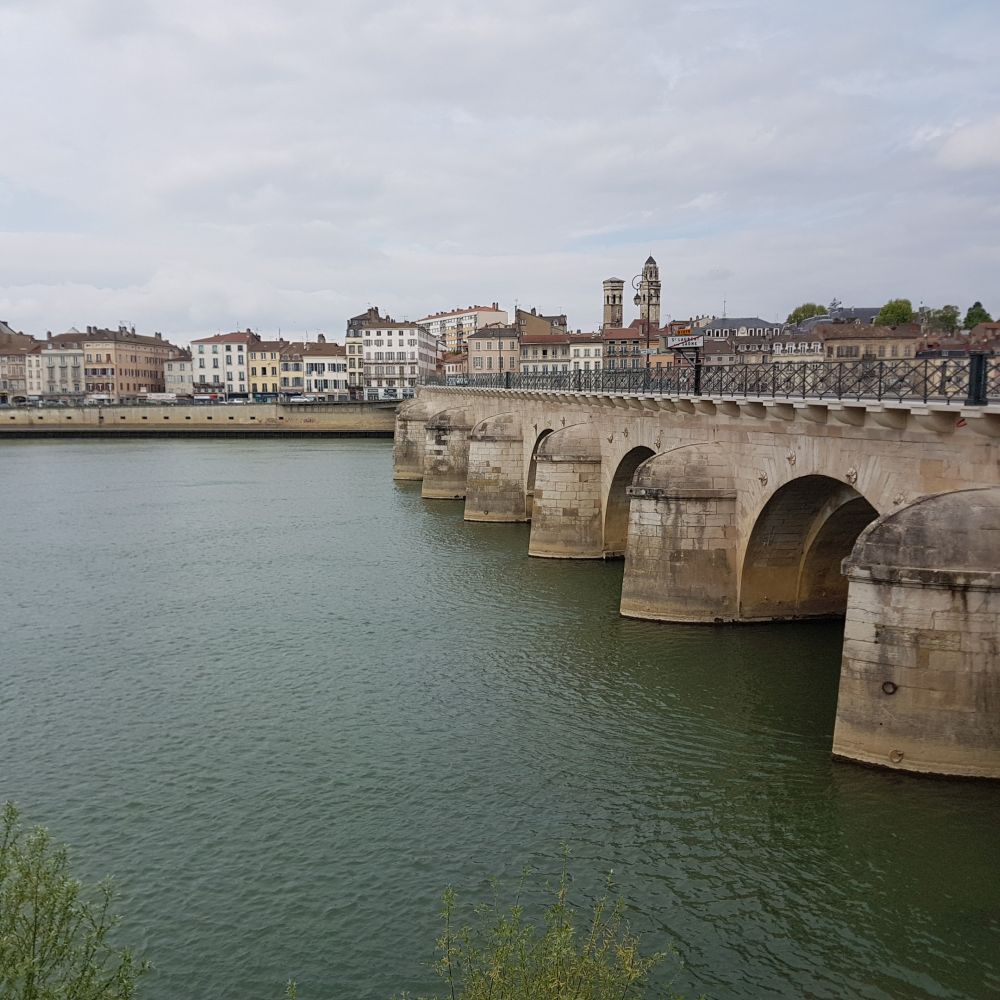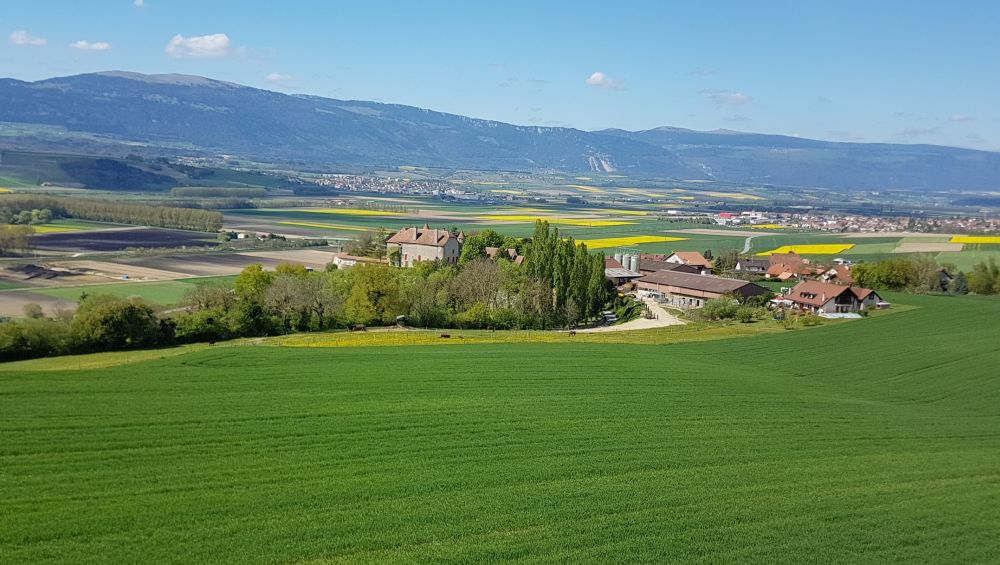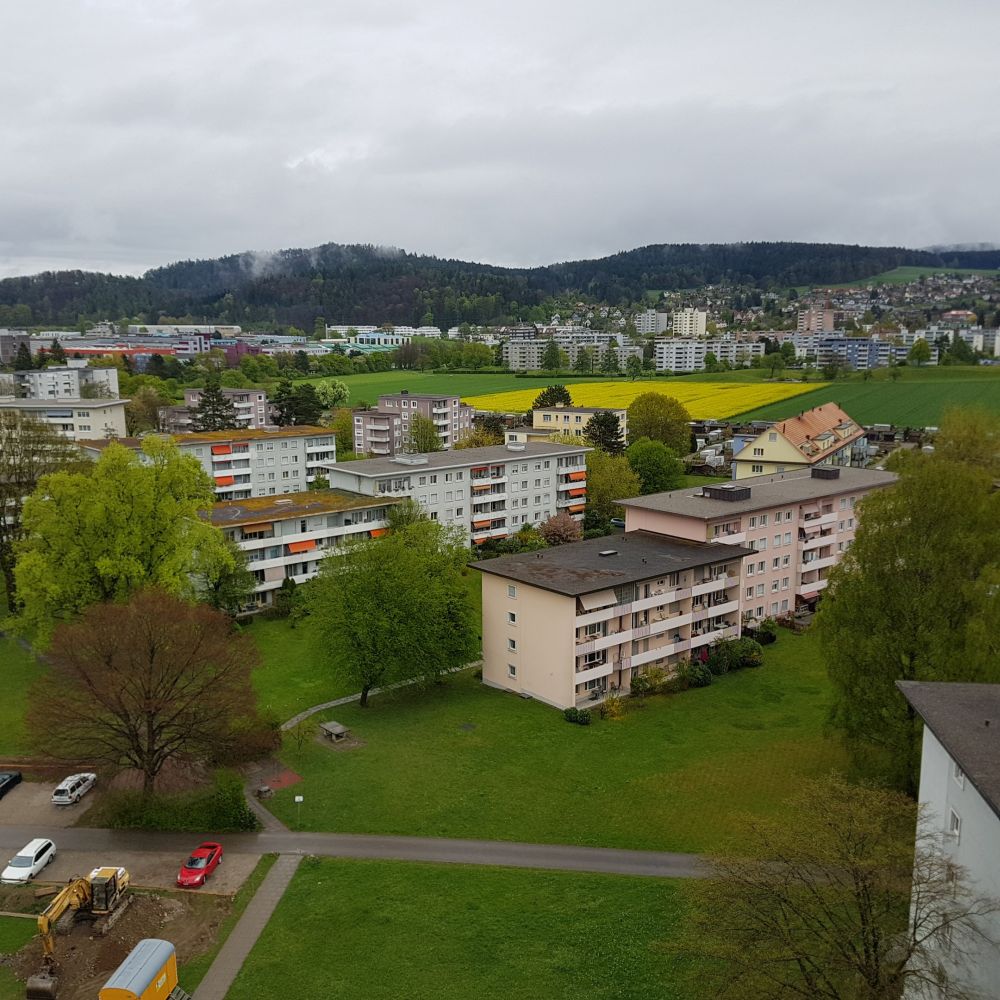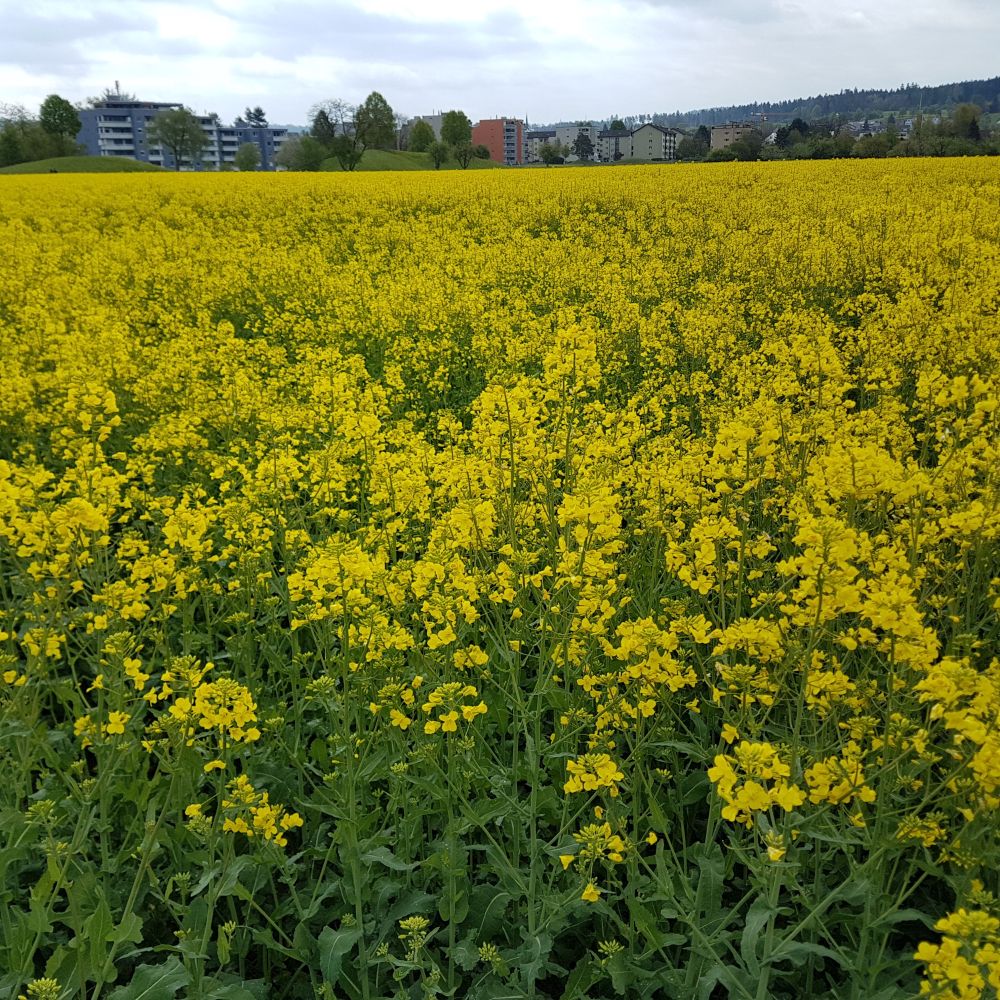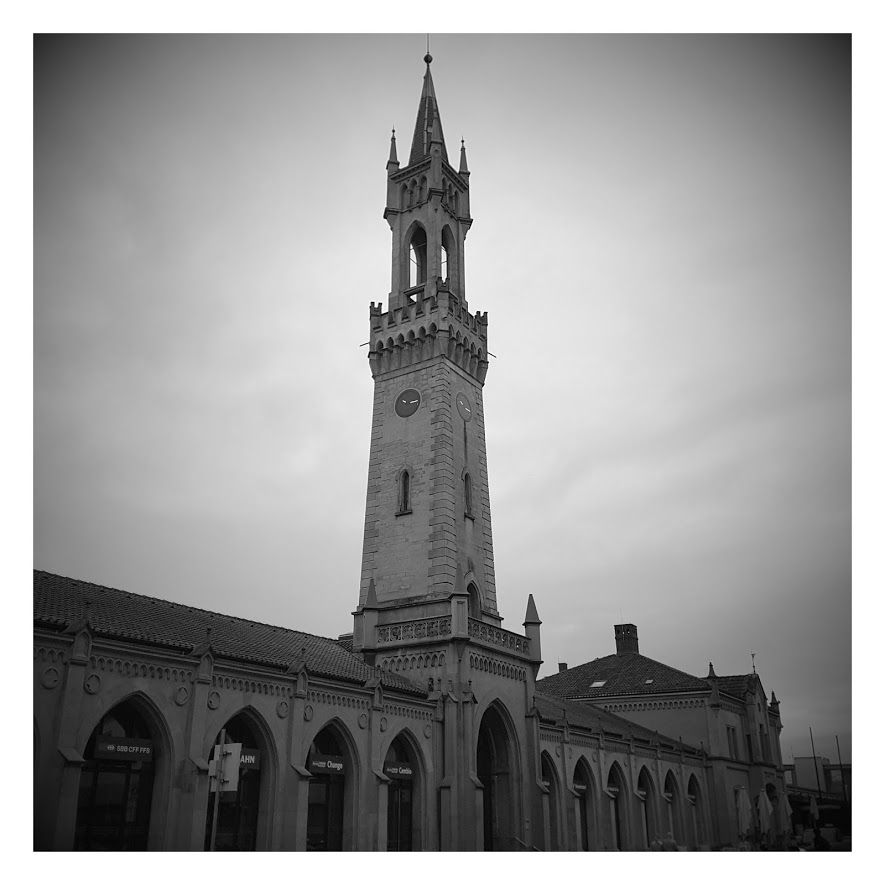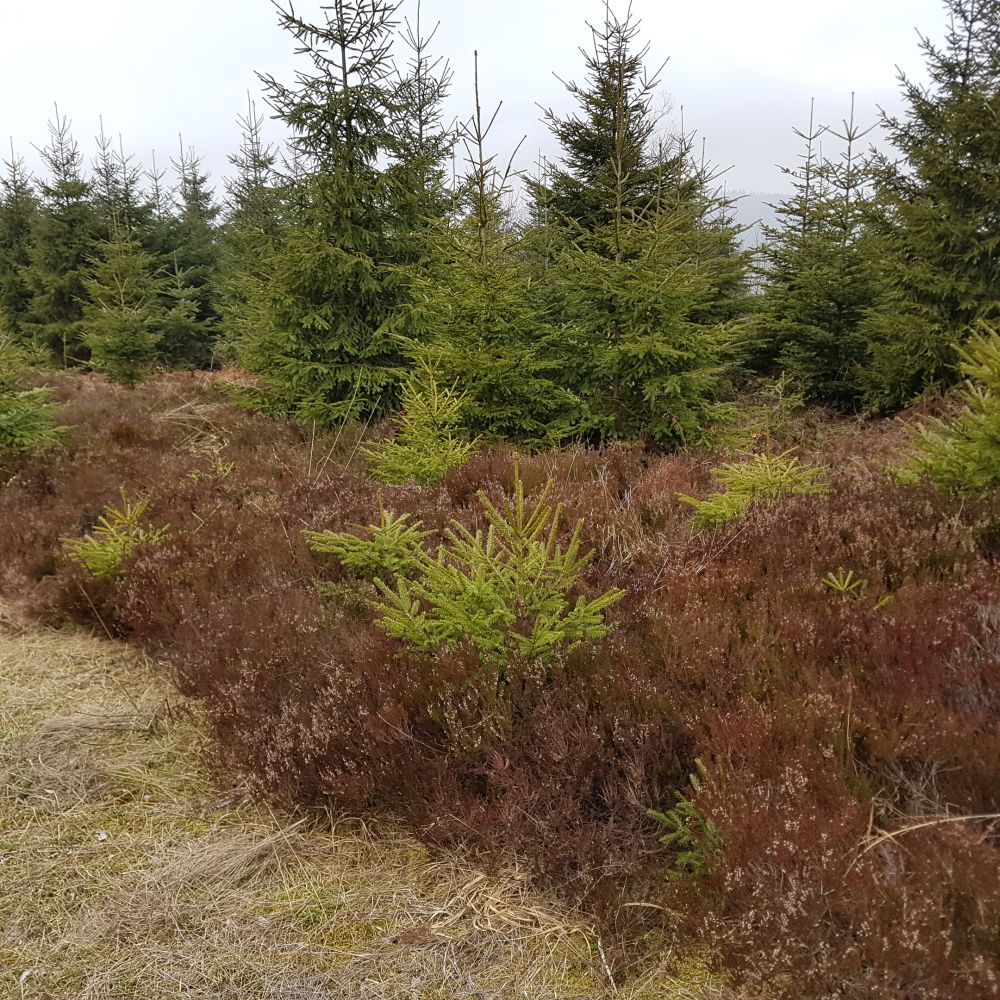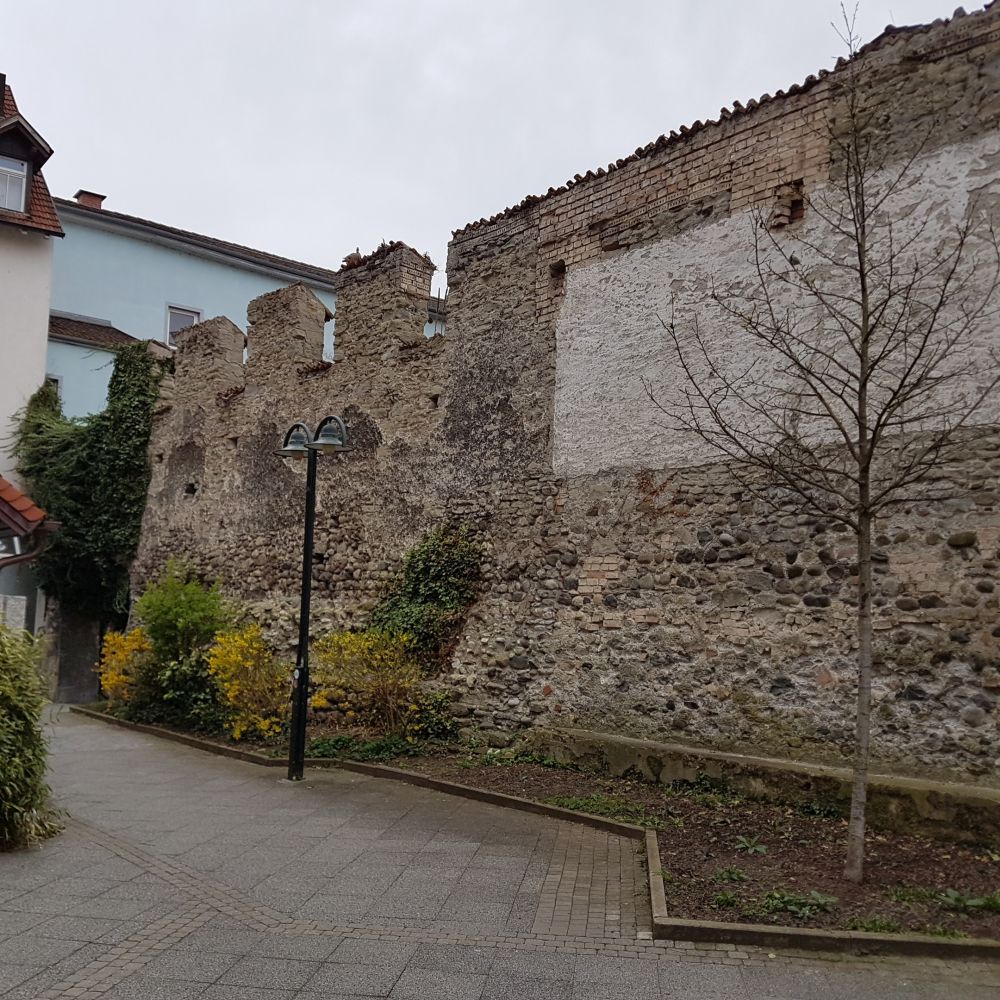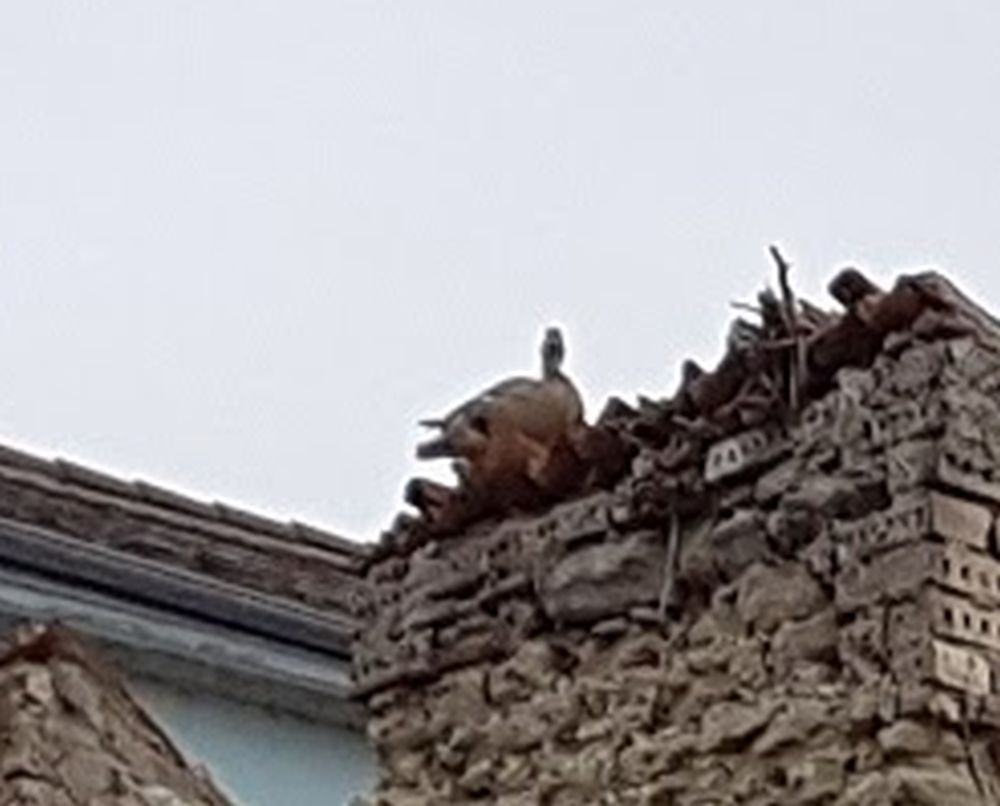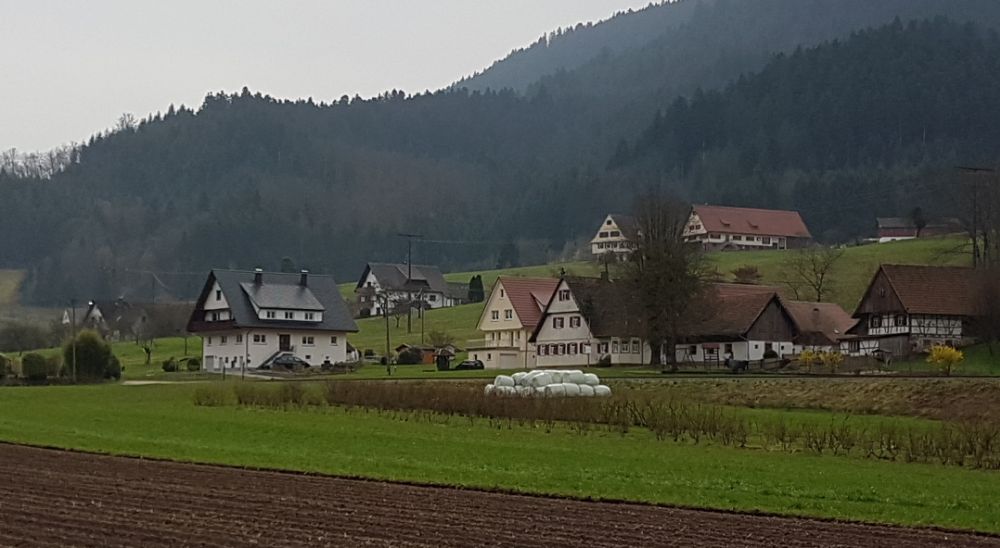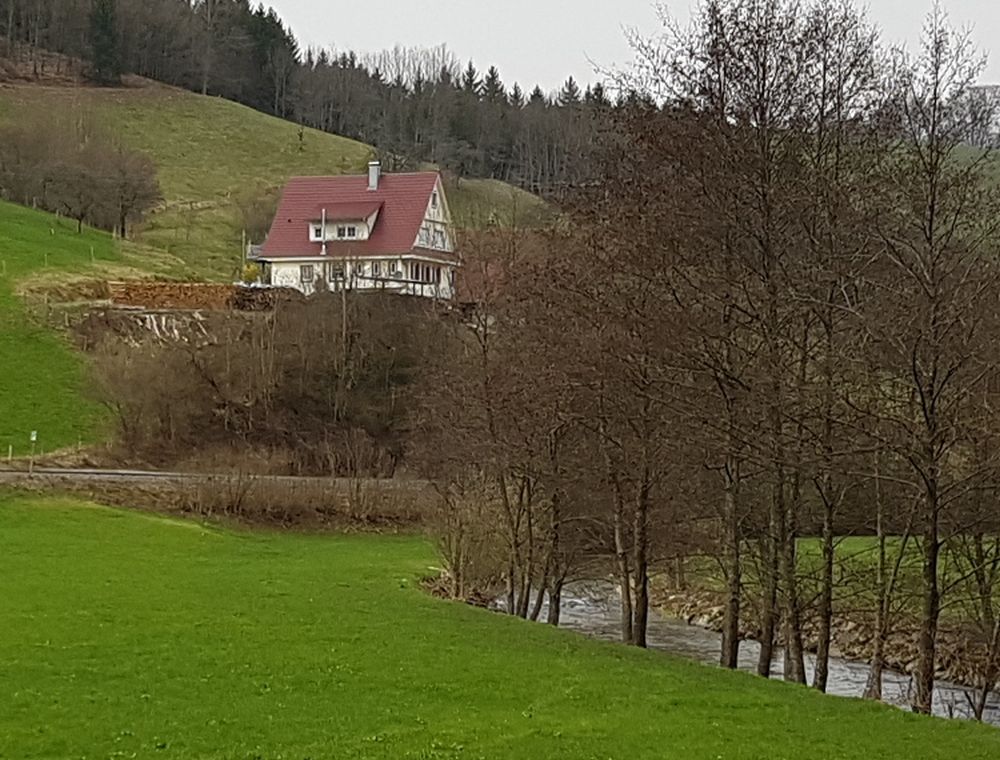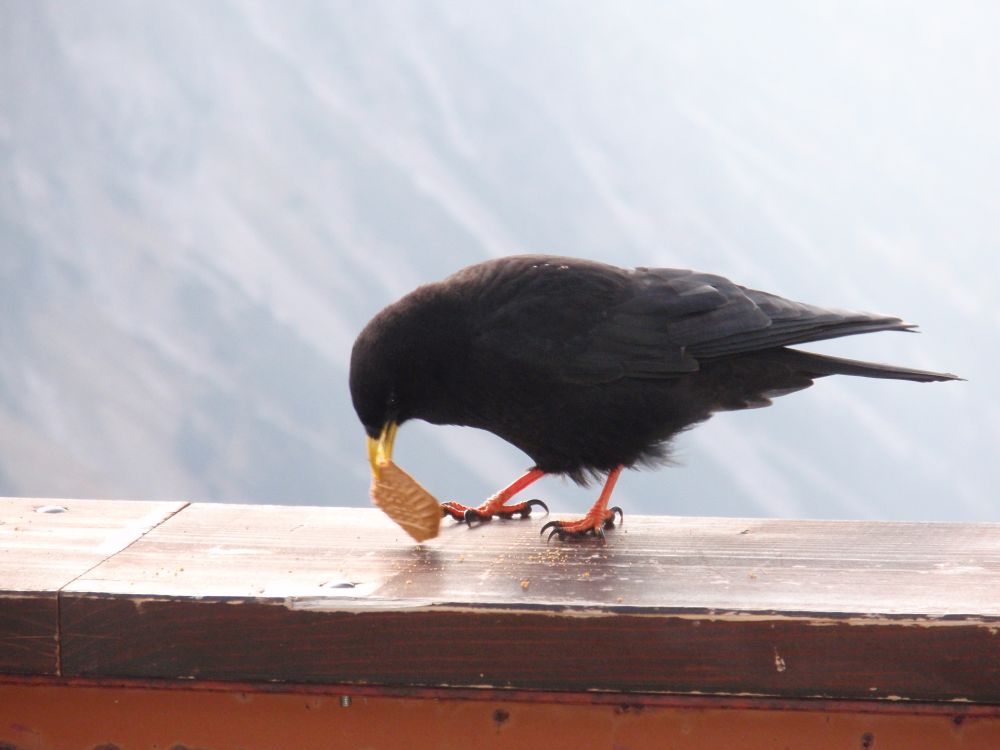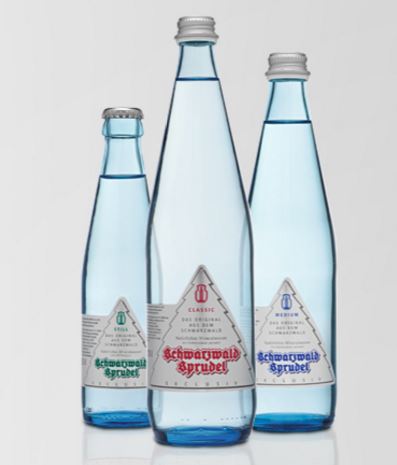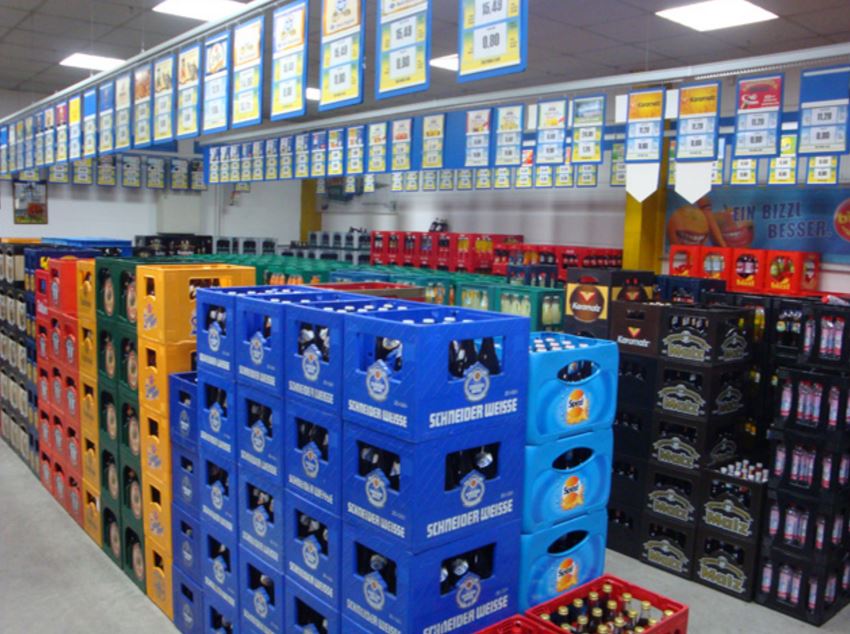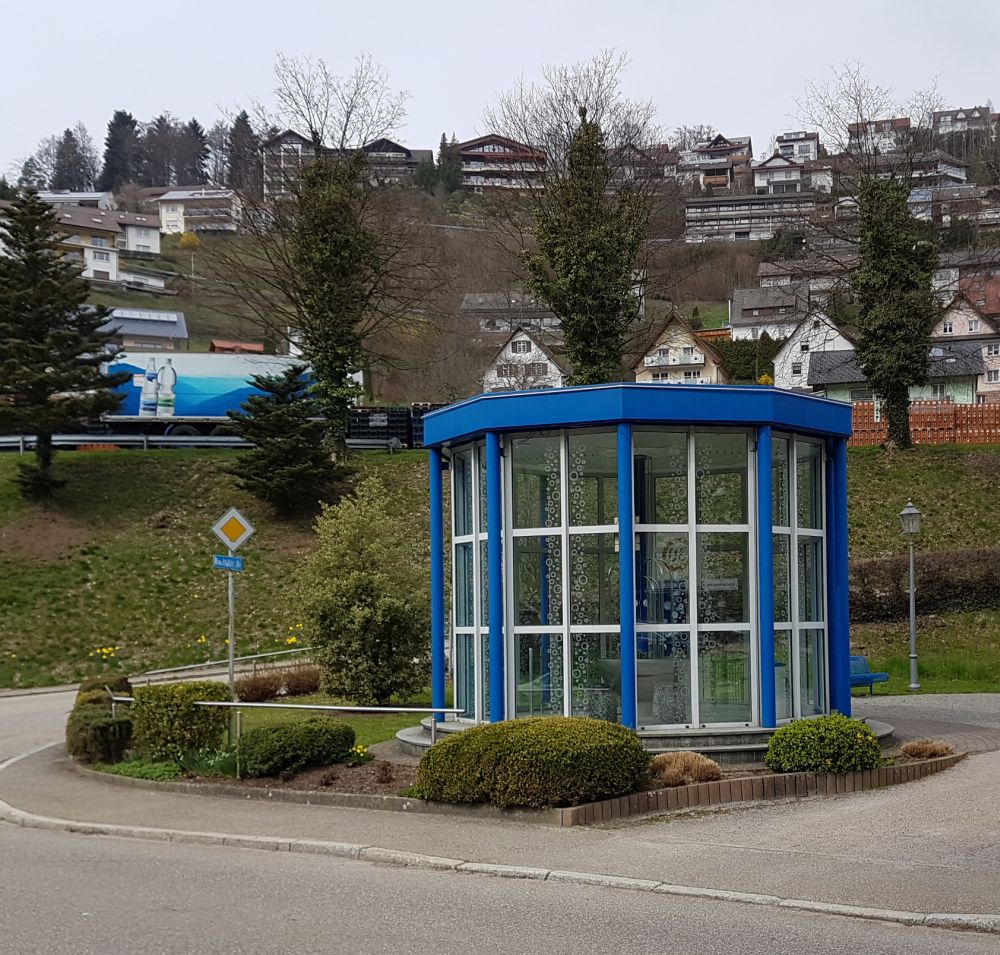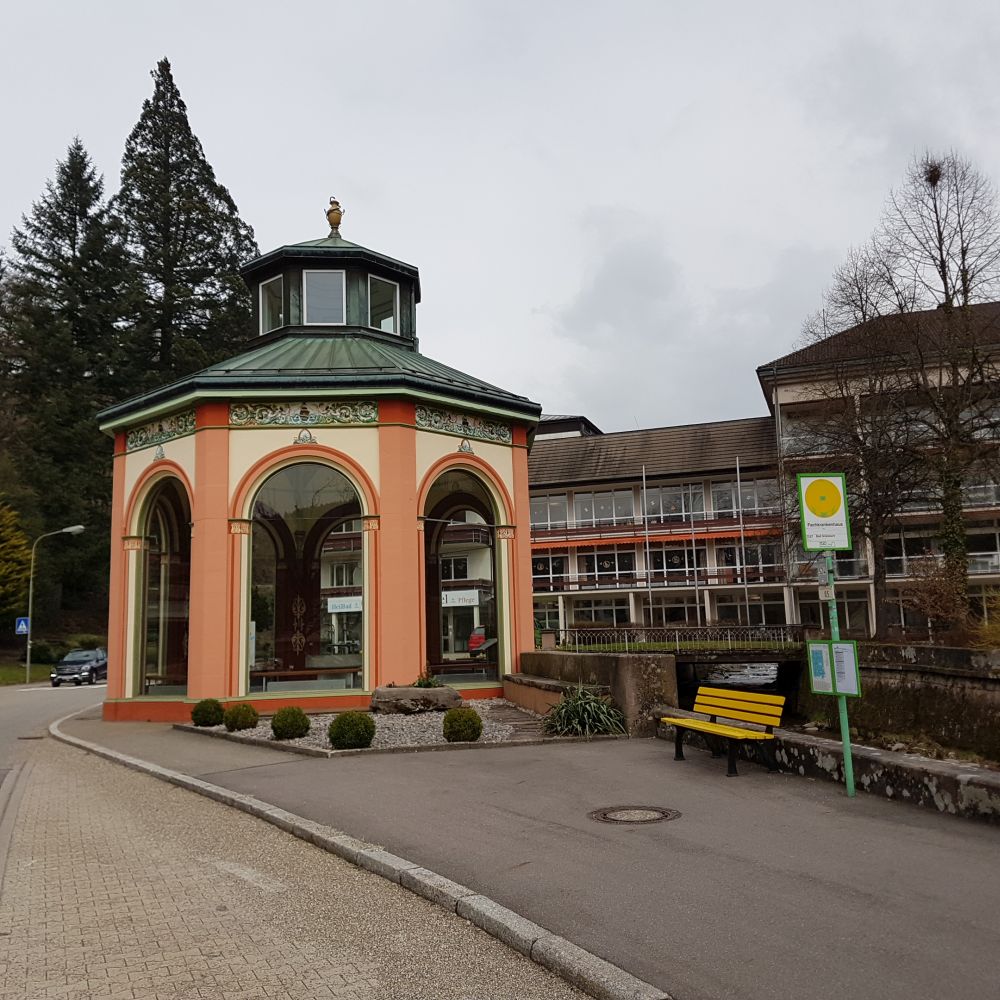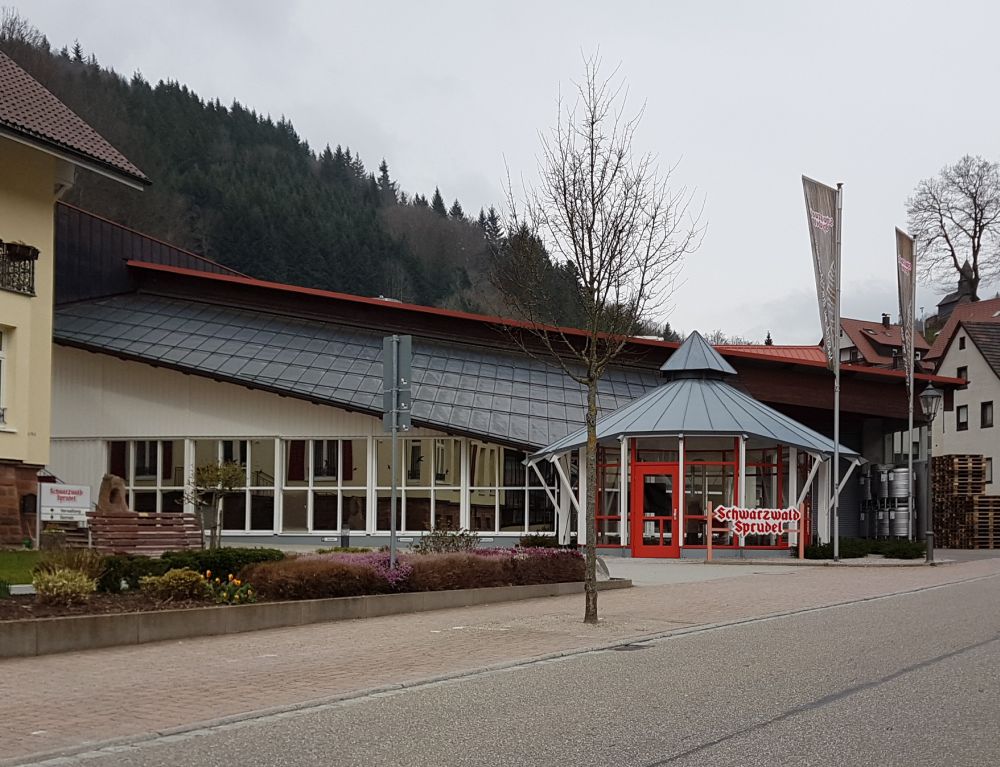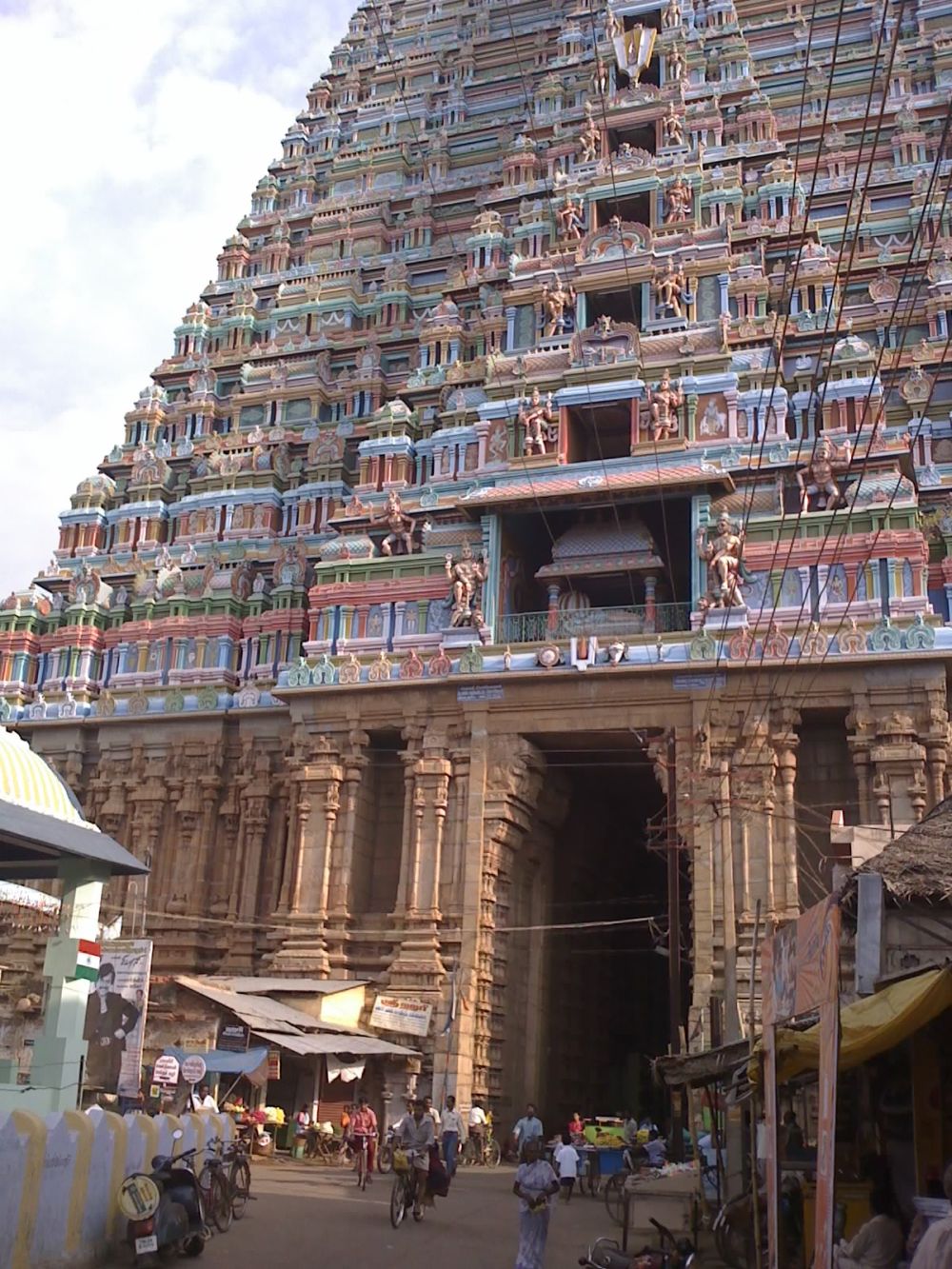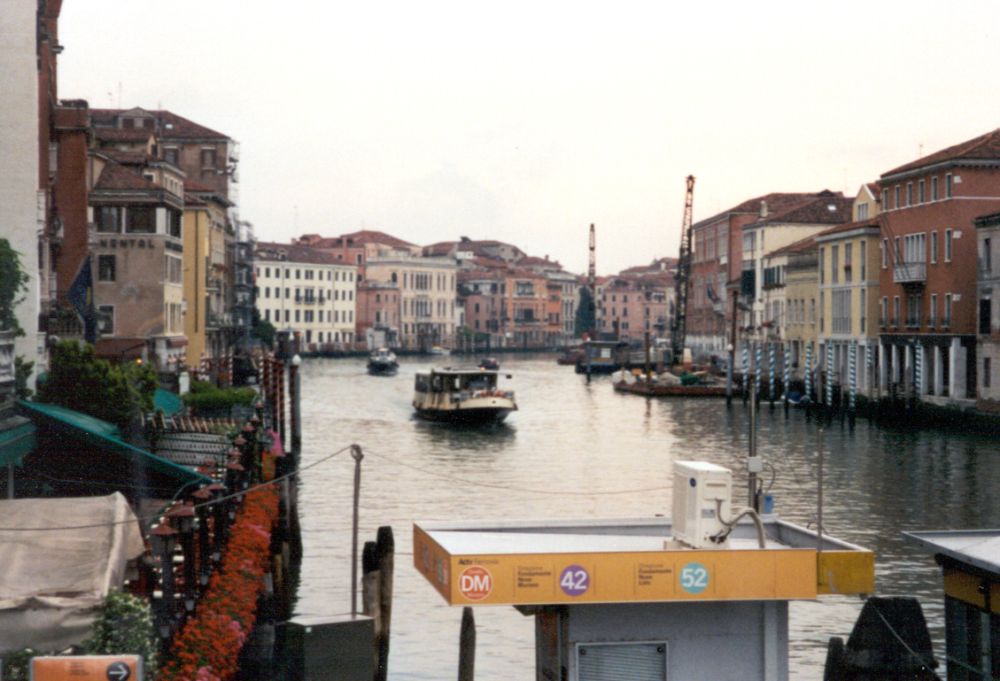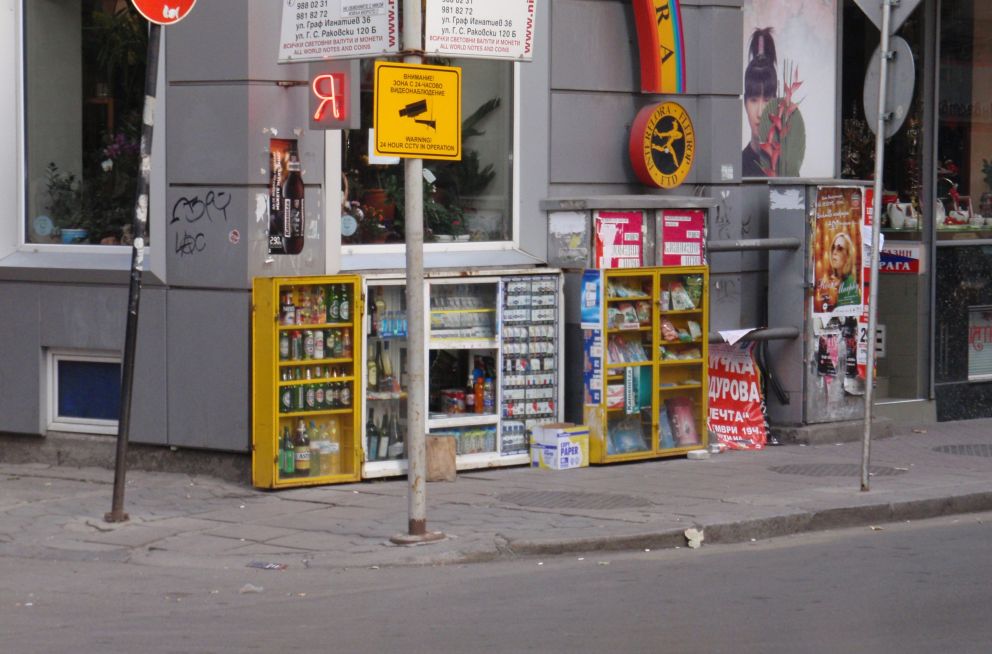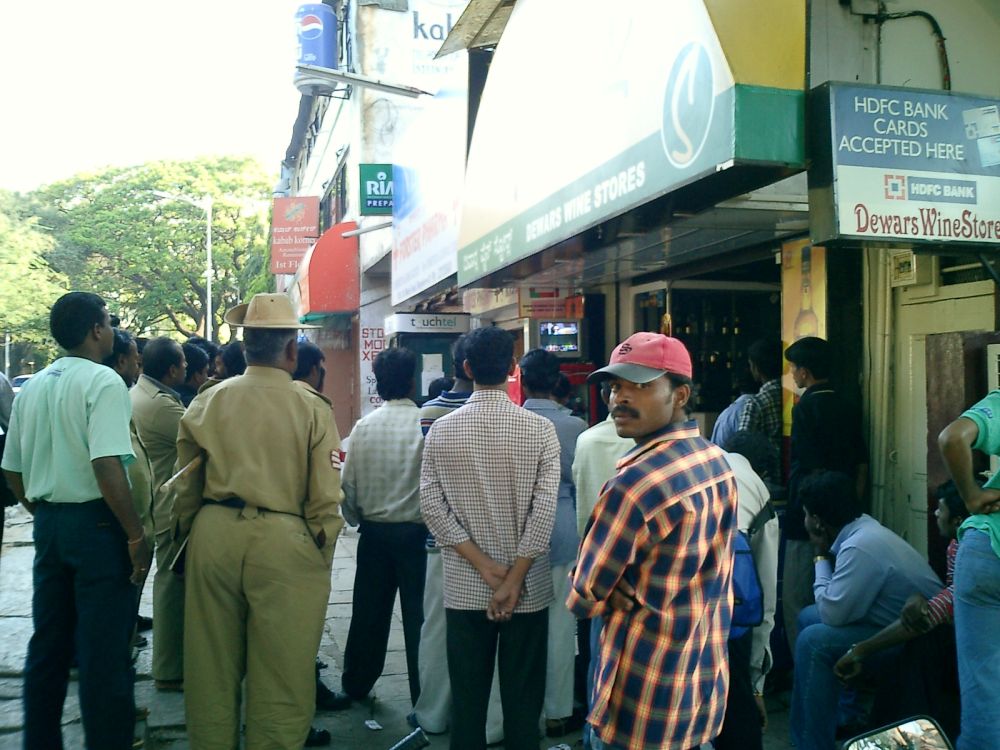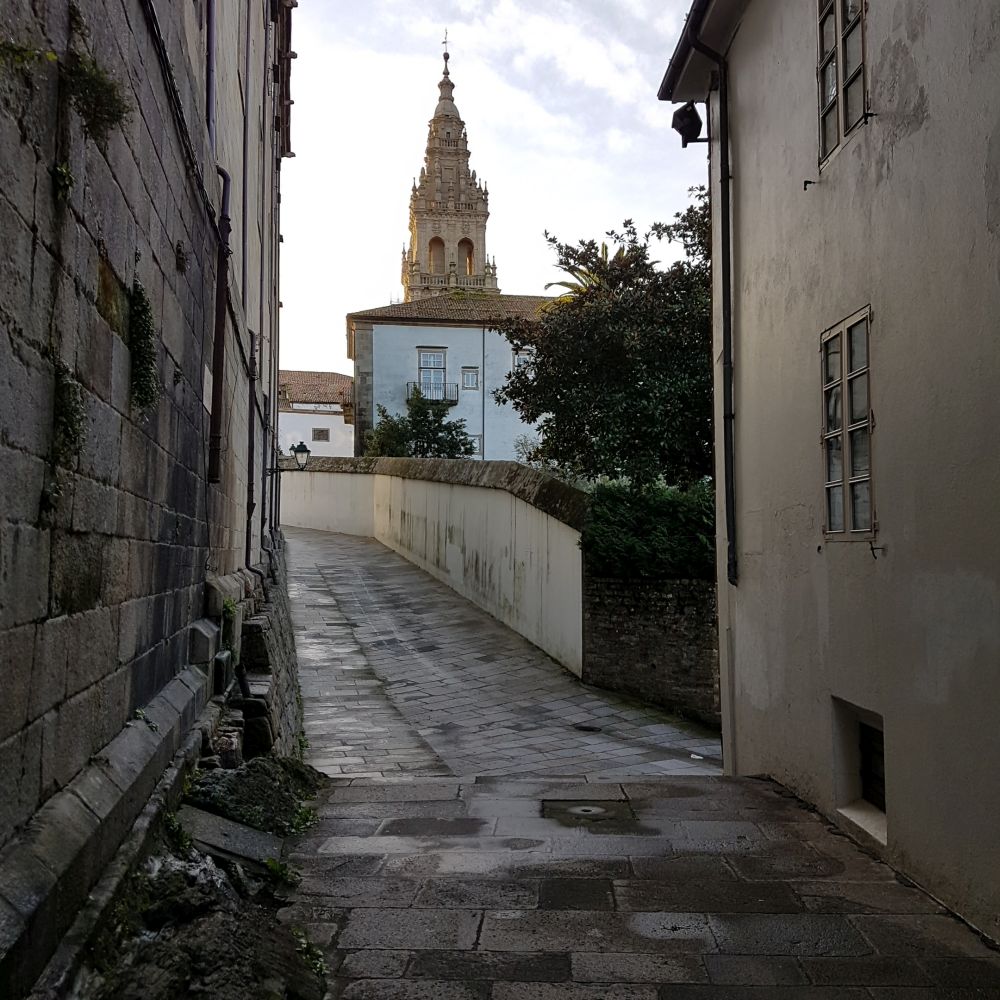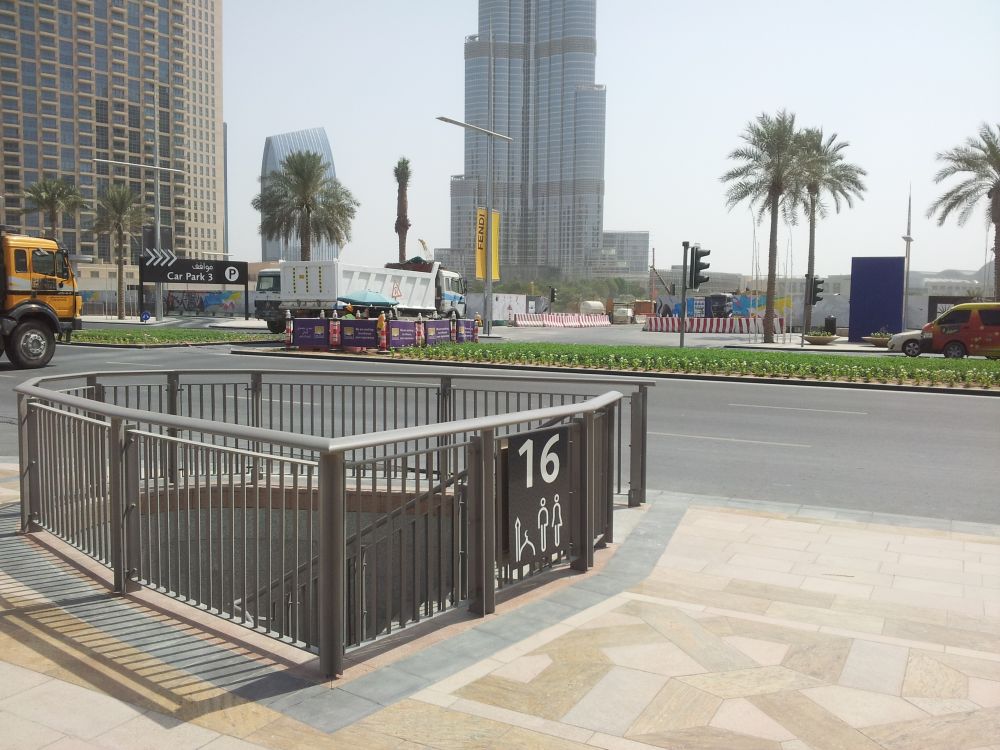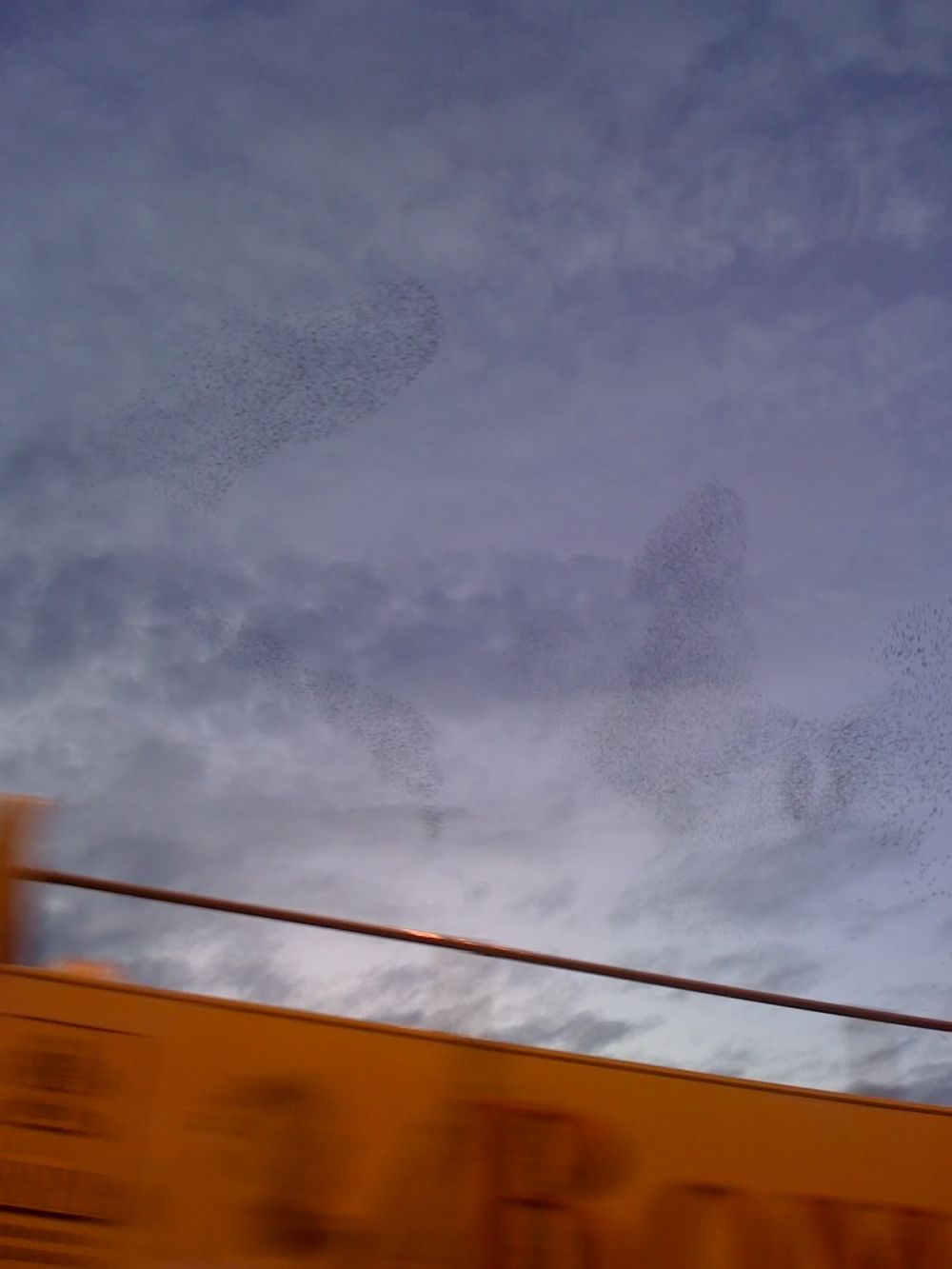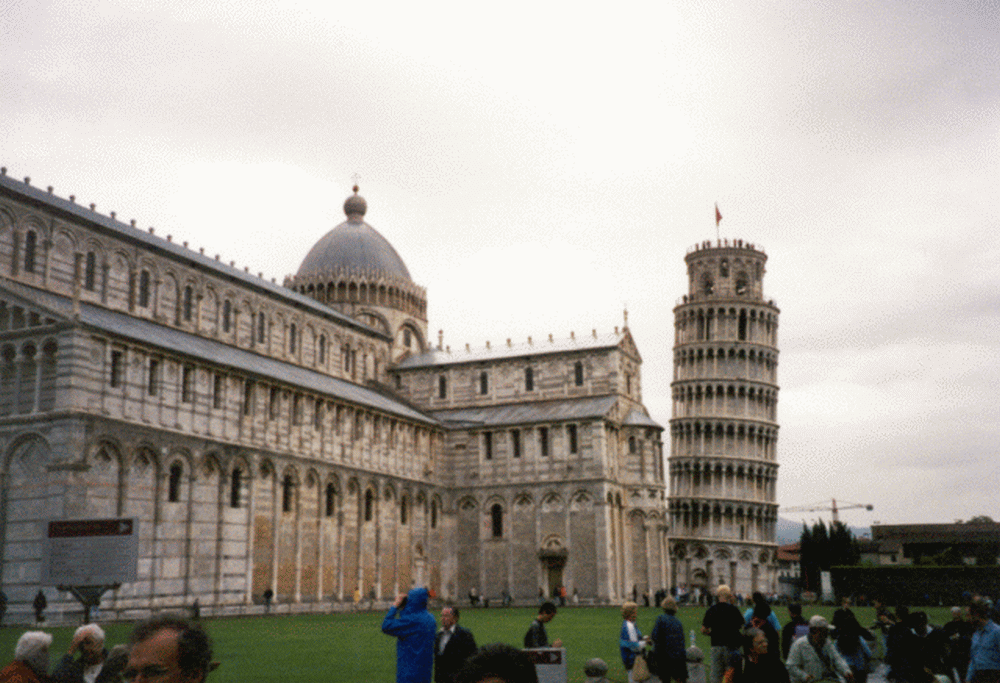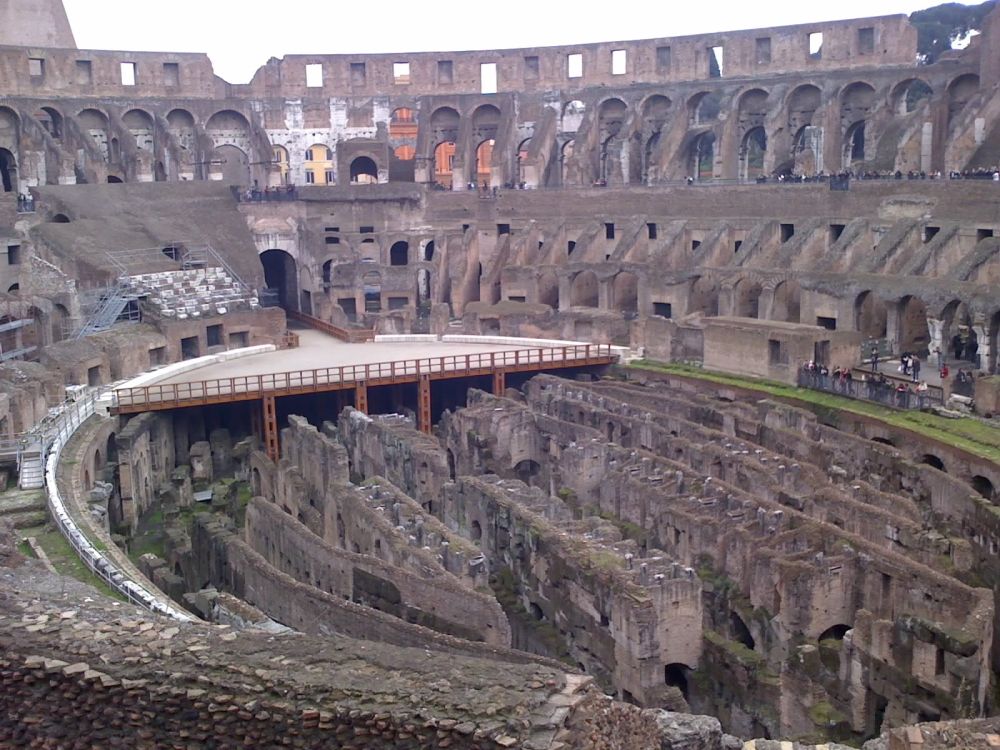These are Jodpurs:
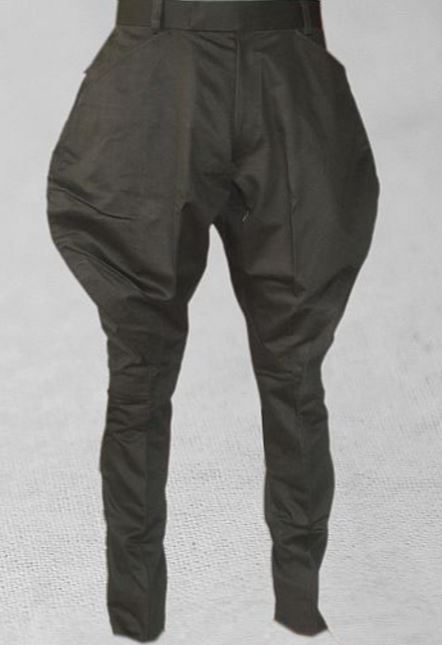
I don’t know if they are originally from Jodpur or not – and I also don’t know the fine subtleties between these and “Hammer-Pants” – although believe it or not, M.C. Hammer and I lived in the same town for a while. And, he once treated my brother and his friends to ice cream.
But getting back to Jodpur, which is the topic of this blog, this is looking UP at the great Mehrangarth Fort, in Jodpur:
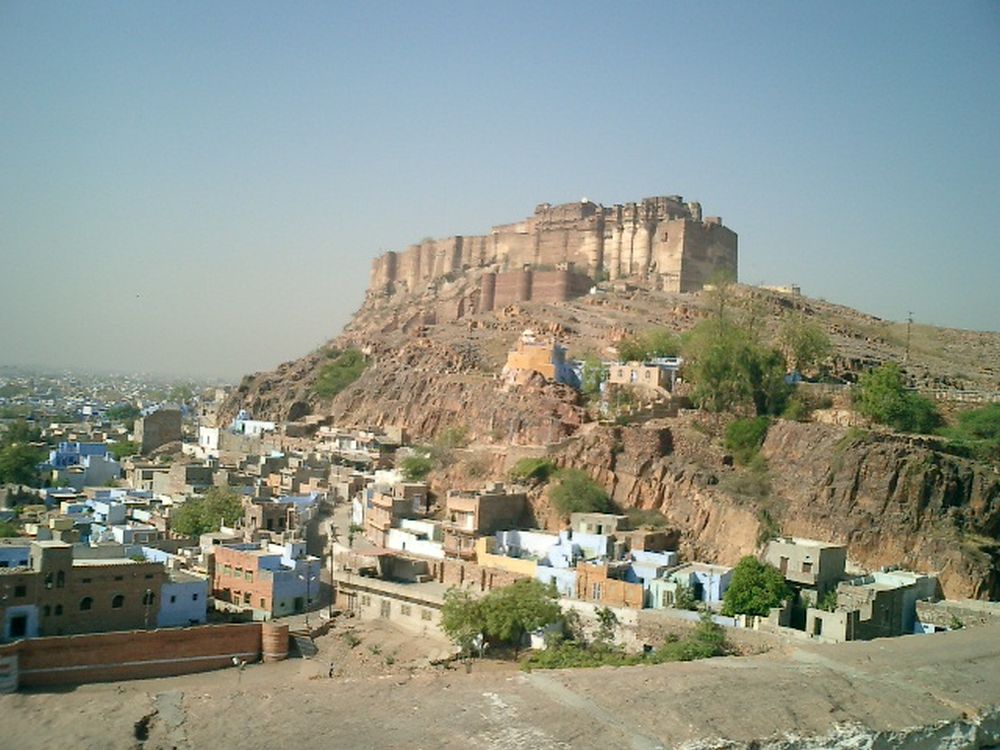
And this is the city of Jodpur, looking DOWN from the great Mehrangarth Fort:
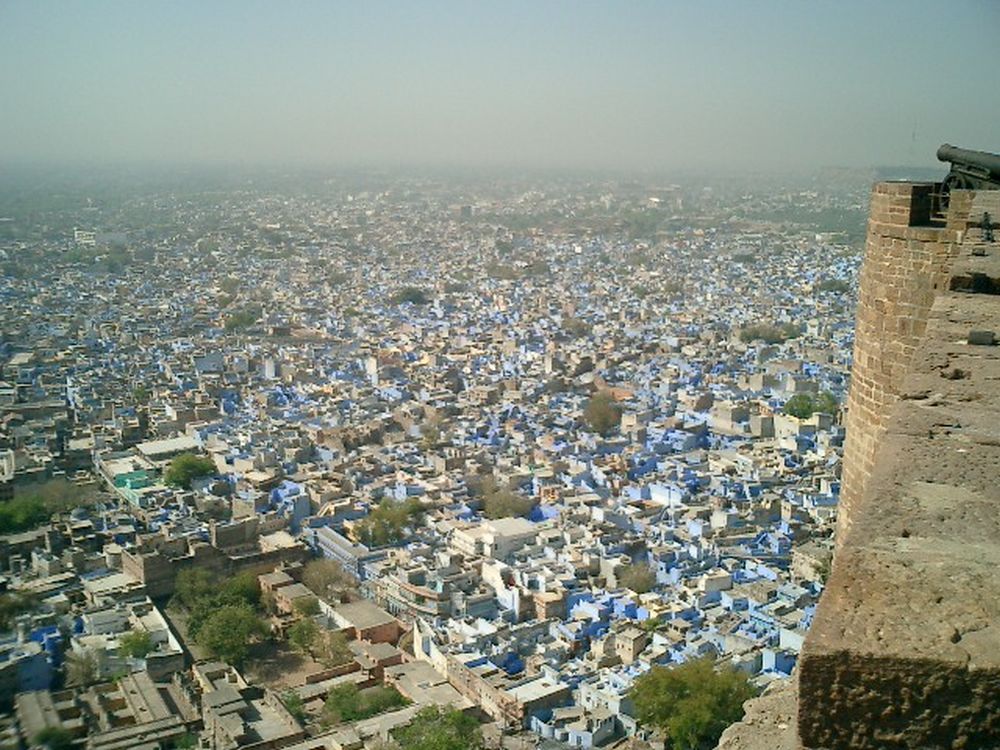
Jodpur is called the Blue City, because the dwellings are painted blue.
Most tourists quickly come to know there is a mystery: nobody knows why the dwellings are painted blue. Some historians think this was for religious reasons associated with certain castes; other historians believe it might have had to do with protection against termites.
For me, the real mystery is a different one altogether: you’ll find the dwellings are not completely blue, but just the sides facing the fort! I’ve never learned who supplies the paint. I’ve never learned what happens if a resident refuses to paint their fort-facing facade blue. I’ve never learned who inspects the dwellings to make sure they are painted. And I’ve never learned who pays for the paint.
I always love mysteries like this, because they give me a good motivation to come back and clear them up!
